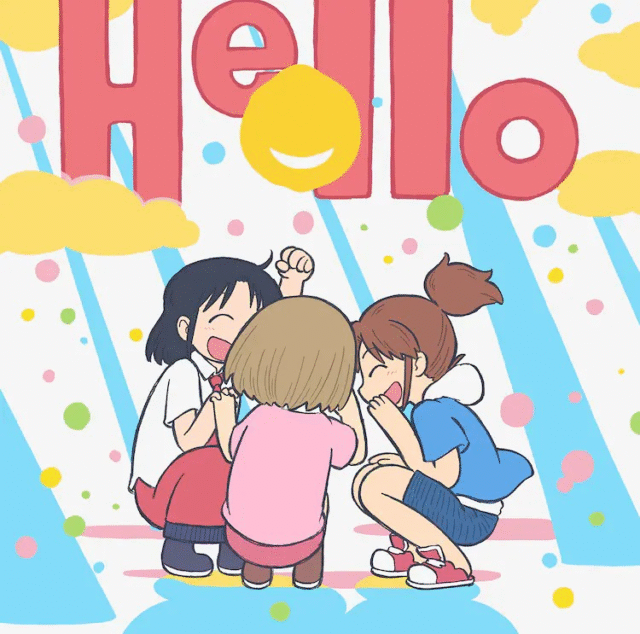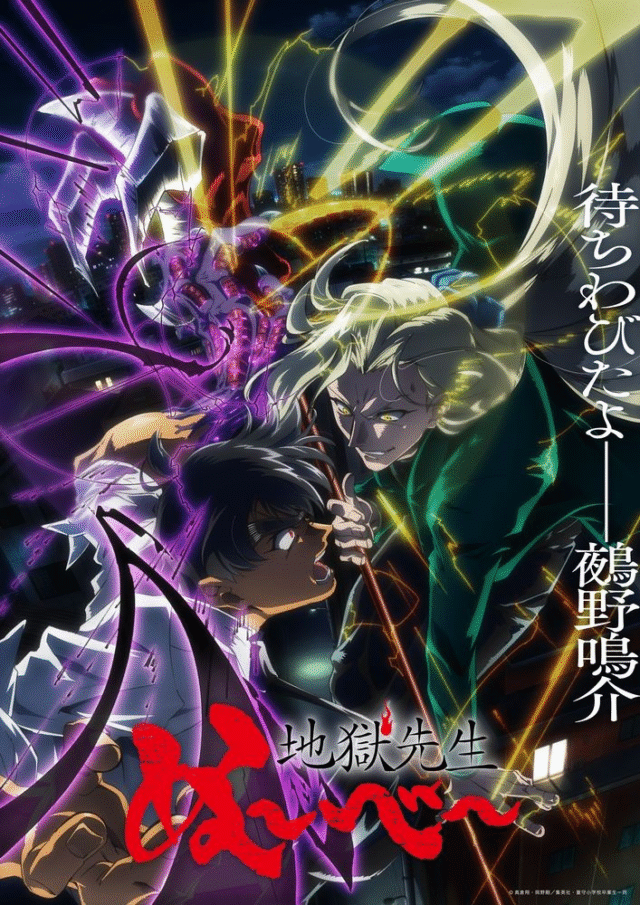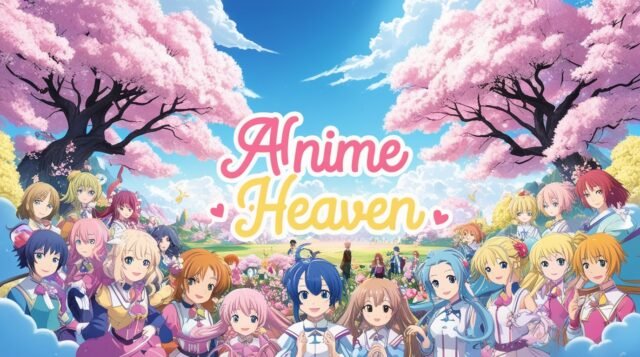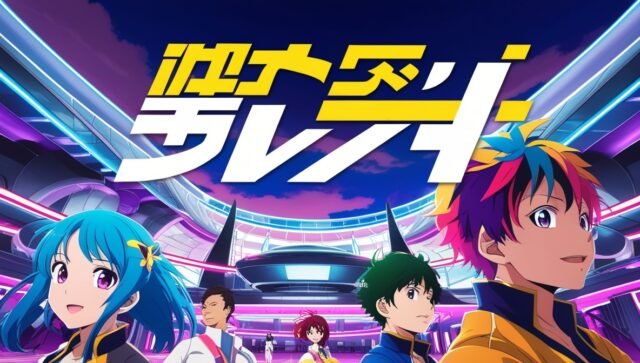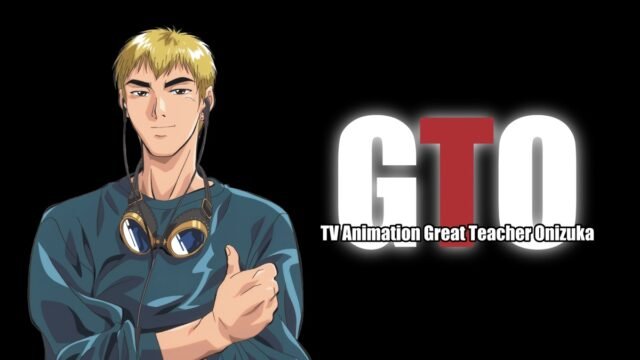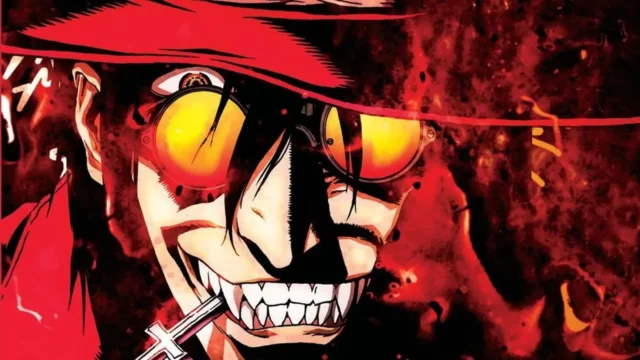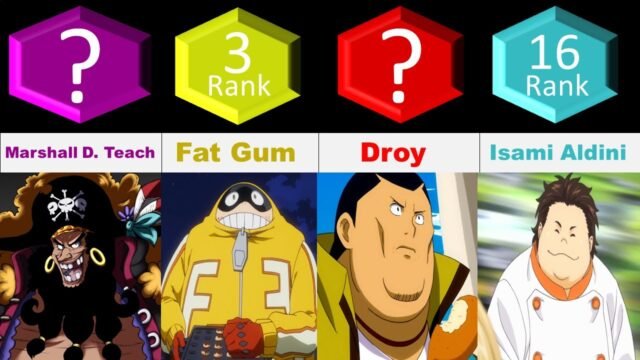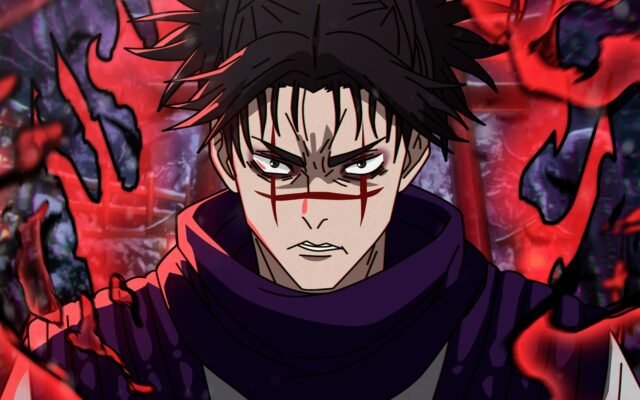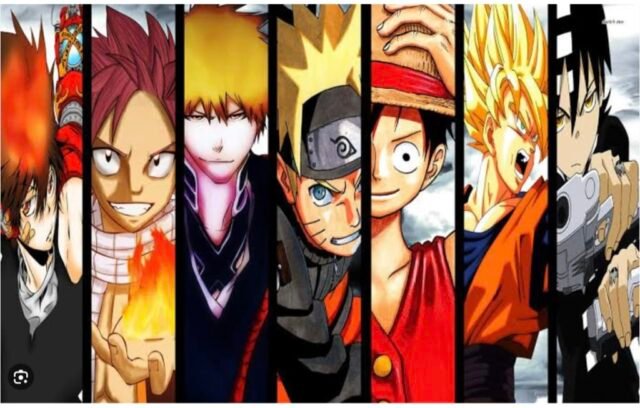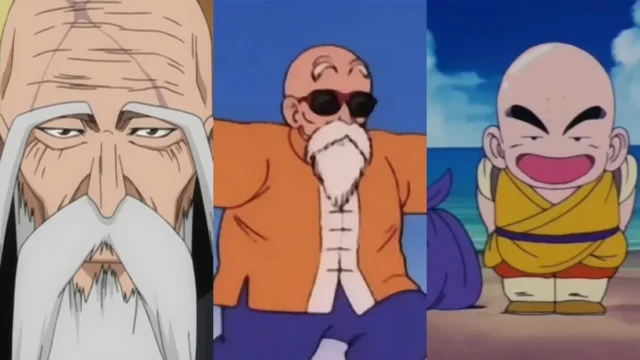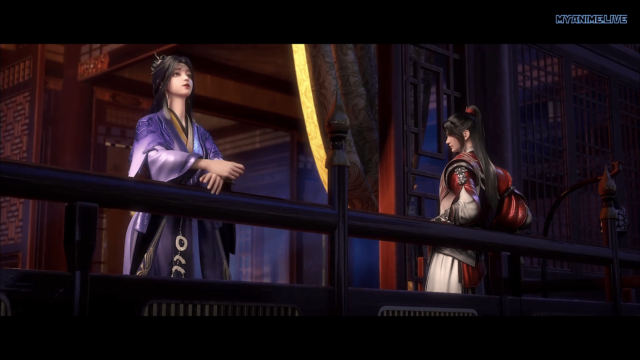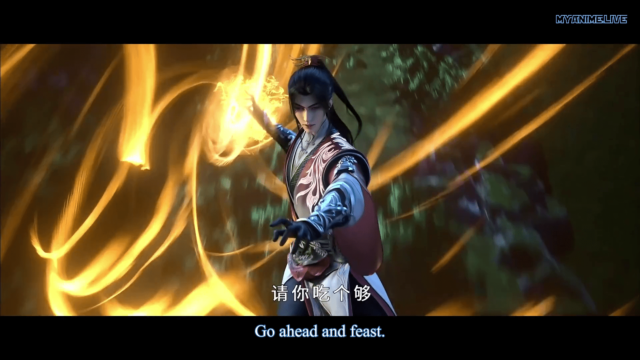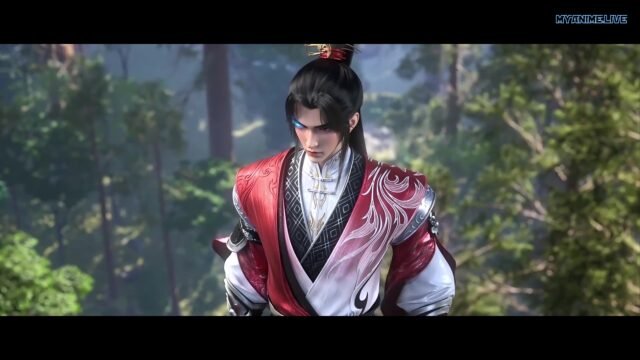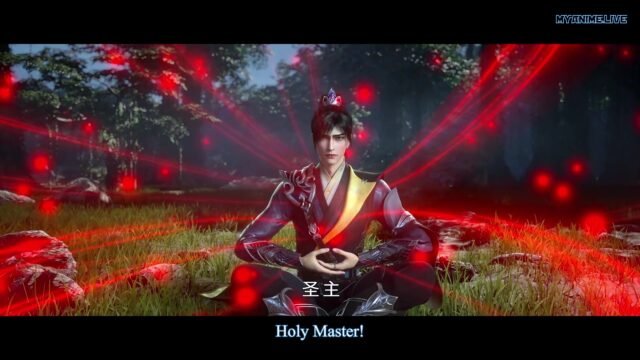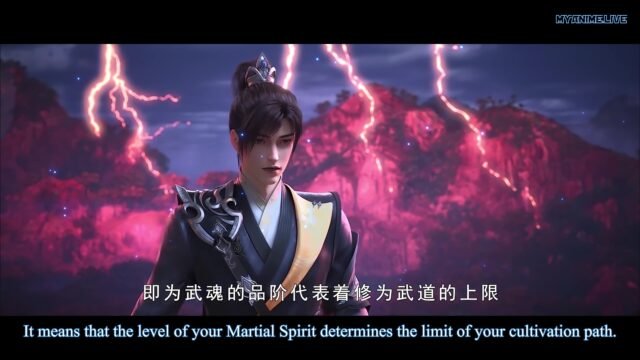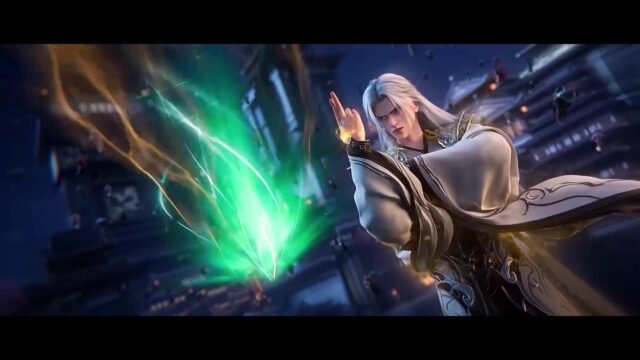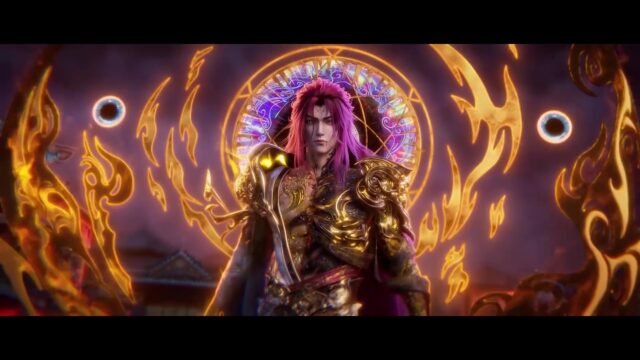The rise of suge anime has significantly transformed the landscape of modern animation, capturing the hearts of viewers worldwide. Characterized by its vibrant art, compelling storytelling, and innovative animation techniques, suge anime is not only entertaining but also influential in shaping current trends in the animation industry. You might find yourself enamored with the unmatched creativity it brings to the screen.
At the core of suge anime is its unique ability to blend traditional storytelling with contemporary themes. This has led to the introduction of stories that resonate with a diverse audience. Unlike other forms of animation, which might restrict themselves to specific genres, suge anime often embraces a kaleidoscope of narratives, including fantasy, romance, adventure, and even slice-of-life themes. This versatility allows it to appeal to viewers of all ages and backgrounds.
One of the defining features of suge anime is its striking visual style. The artistry involved in creating characters and settings is part of what makes it stand out. Bold colors, dynamic movements, and meticulous attention to detail are characteristic of suge anime. This focus on aesthetics has compelled other animation studios to elevate their own visual styles, pushing the boundaries of what animation can achieve.
Moreover, character design in suge anime often takes center stage. These characters are crafted with distinct traits, both visually and personality-wise, allowing viewers to form deeper connections. Iconic characters from suge anime have become cultural symbols, inspiring merchandise, fan art, and even cosplay communities. Leading the charge are trending shows that showcase rich character arcs and relatable experiences.
Below are a few notable ways in which suge anime has made an impact:
- Storytelling Techniques: The non-linear narratives and complex character development found in suge anime have influenced writers worldwide.
- Diverse Representation: Many suge anime feature diverse characters that reflect a wide array of experiences and backgrounds. This inclusivity fosters a sense of belonging for viewers.
- Innovative Animation: Techniques such as CGI integration and fluid animation styles have become standards that others emulate.
- Community Engagement: The dedicated fandom surrounding suge anime supports creativity through fan art, fan fiction, and participatory events.
The fusion of digital technology with hand-drawn techniques has also been pivotal. Animators are increasingly using software to enhance their storytelling, making the visual experience all the more immersive. This integration offers new ways to visualize action sequences and emotional moments, drawing viewers into the world on screen like never before. The captivating nature of this blend has prompted studios globally to explore similar approaches, further spreading the influence of suge anime.
As the world becomes more interconnected, the global reach of suge anime is undeniable. Streaming platforms like Crunchyroll, Netflix, and Funimation have made it easier for audiences outside Japan to access suge anime quickly. This accessibility has led to a surge in popularity, inspiring remakes and adaptations in different cultures. Many animation studios are now keenly observing the successes of suge anime to replicate its winning formula.
Below is a table that showcases a few key suge anime titles and their impact on animation trends:
| Anime Title | Release Year | Impact on Trends |
|---|---|---|
| Attack on Titan | 2013 | Pioneered intense action and complex storytelling |
| My Hero Academia | 2016 | Popularized themes of heroism and camaraderie |
| Demon Slayer | 2019 | Revolutionized animation quality and storytelling methods |
| Jujutsu Kaisen | 2020 | Blended horror elements with stunning visuals |
The continuous evolution of suge anime reflects the growth of the animation industry itself. As other creators take inspiration from its vibrant storytelling and visual prowess, we can expect to see a future filled with creativity and innovation. If you haven’t explored the world of suge anime yet, now is the perfect time to dive in!
In essence, suge anime not only represents a trend but signals a shift in how stories are told through animation. The genre’s impact on modern animation will undoubtedly continue as both creators and audiences embrace its rich potential.
Exploring Character Archetypes in Suge Anime
Suge anime captivates the hearts of many viewers, primarily due to its unique character archetypes. These fictional personas not only drive the story but also resonate deeply with audiences. Understanding these archetypes can enhance your viewing experience and allow for greater appreciation of the nuances within each character.
Character archetypes in suge anime often follow recognizable patterns while simultaneously introducing fresh traits. This blend of conventional and innovative character development keeps viewers engaged and eager for more. Here’s a look at some common archetypes found in suge anime:
Common Character Archetypes
- Hero: The protagonist often embodies courage, determination, and a desire to bring about change. Heroes frequently face daunting challenges that help them grow and evolve.
- Sidekick: This character supports the hero, often providing comic relief or emotional insight. They are loyal companions who highlight the hero’s positive traits.
- Mentor: The wise figure who guides the protagonist, offering knowledge, skills, and sometimes, life lessons. Mentors are crucial for the hero’s growth and journey.
- Rival: Often an antagonist in the hero’s quest, rivals drive the conflict and challenge the main character. They force heroes to confront their flaws and push them to improve.
- Love Interest: Integral to many plots, love interests create romantic tension and emotional stakes in the story. Their interactions with the hero often reveal vulnerabilities and growth.
- Villain: The epitome of conflict, villains embody the forces opposing the hero. This character archetype provides a clear antagonist, often with backstories that humanize their evil motives.
Character Development Through Archetypes
Character development in suge anime is frequently intertwined with these archetypes. For instance, a hero may start as a naive youth but, through challenges posed by a rival or the guidance of a mentor, may evolve into a wise leader. This development not only enhances the character’s depth but also adds layers to the story.
Moreover, the interactions between different character archetypes can lead to significant plot advancements. For example, a sidekick’s loyalty may be tested through a dramatic event, revealing deeper layers of both the sidekick and the hero. Such dynamics make the narrative more compelling.
Examples in Popular Suge Anime
To better illustrate these archetypes, let’s look at a few examples from popular suge anime:
| Anime Title | Hero | Mentor | Villain |
|---|---|---|---|
| My Hero Academia | Izuku Midoriya | All Might | All For One |
| Naruto | Naruto Uzumaki | Kakashi Hatake | Orochimaru |
| Attack on Titan | Eren Yeager | Erwin Smith | Reiner Braun |
In each of these series, the characters embody specific archetypes that help drive the story forward. For instance, Eren Yeager, as the hero, faces numerous challenges posed by Reiner Braun, the villain, while receiving guidance from Erwin Smith, the mentor.
The Appeal of Archetypes
The reason character archetypes in suge anime hold such appeal can be attributed to their relatability and the emotional connections they foster. Viewers often see parts of themselves in these characters, making their journeys feel personal. This relatability is what keeps audiences invested in the characters’ growth and the unfolding narrative.
Furthermore, the familiar structure of archetypes allows writers to experiment within a safe framework. They can introduce unexpected twists and characteristics while still adhering to recognizable cues. This combination of familiarity and unpredictability is a winning formula in engaging storytelling.
Character archetypes in suge anime play an essential role in creating captivating, multifaceted stories. By understanding these archetypes, you can deepen your engagement and appreciation of your favorite anime series. So next time you watch, pay close attention to how these characters evolve and interact, enhancing your overall viewing experience.
The Role of Music and Sound Design in Enhancing Suge Anime
When it comes to enhancing the experience of watching suge anime, music and sound design play crucial roles. These elements not only create an emotional connection but also enhance storytelling by adding depth to scenes. By weaving sound and music into the narrative, creators can influence the viewers’ perceptions and make the storyline more immersive.
Suge anime is often characterized by its fast-paced action and vibrant visuals. To match this energetic style, composers must craft soundtracks that engage the audience. The music sets the tone, whether it’s a heart-pumping battle scene or an emotional moment between characters. An effective soundtrack can stick in the mind of viewers long after the show ends, making it memorable.
The Importance of Music in Suge Anime
Music in anime serves multiple purposes:
- Emotional Resonance: Whether it’s a dramatic theme or a romantic ballad, music evokes feelings that visuals alone might not convey.
- Character Themes: Unique themes can make characters more memorable. For instance, a heroic character might have an uplifting theme, while an antagonist could have a darker composition.
- Scene Setting: The right song or sound can transport viewers to the anime’s world, shaping their perception of time and place.
- Foreshadowing: Subtle musical cues can hint at upcoming events, building suspense and maintaining viewer interest.
Sound Design in Suge Anime
While music is essential, sound design equally enhances suge anime. Sound effects contribute to the realism of animated worlds.
- Action Sequences: The sound of clashing swords, explosions, or even a character’s footsteps can elevate the thrill of an action scene.
- Character Sounds: Unique sounds associated with characters, like a unique battle cry or a signature laugh, help in building a character’s identity.
- Background Ambience: Subtle sounds in the background, such as rustling leaves or bustling city life, create a more immersive environment.
When combined, music and sound design can tell a story without words. They create a language of their own, subtly guiding viewers through the emotional landscape of the anime. For example, a soft piano score might play during a sad moment while intensifying violin notes build as tension rises in a crucial battle.
Creating Memorable Soundscapes
To truly grasp the significance of music and sound design in suge anime, it’s essential to look at how specific techniques are implemented:
| Technique | Description | Example |
|---|---|---|
| Motifs | Recurring musical themes that represent characters or ideas. | A specific tune playing when a hero appears. |
| Dynamic Range | Variety in volume and intensity to create excitement and drama. | Shifting from soft music during dialogue to loud scores during battles. |
| Layering | Combining multiple sound elements for depth. | Mixing orchestral music with electronic beats. |
The connection between sound design and music is crucial for anime creators. A well-composed track, paired with detailed sound effects, crafts a unified auditory experience that resonates with both the story and the audience. For example, think about how the music from some iconic suge anime series can often be recognized instantly. This familiarity amplifies attachment to the show.
In suge anime, the traditional boundaries of storytelling expand beyond dialogue and visuals. It becomes an immersive experience where music and sound design accompany the viewer on their journey. Viewers are invited to feel what the characters feel, venture into their worlds, and reflect on their journeys. This powerful connection is what keeps audiences coming back for more, leaving an indelible mark on their anime experiences.
As the world of anime continues to grow, keeping this focus on sound will be vital. Innovative approaches to music and sound design in future suge anime can further enhance storytelling, drawing viewers into an intricate tapestry of emotion and action. Whether through a catchy opening theme or the striking sound effects during climactic moments, the synergy of sound and sight remains a driving force in the genre.
Comparing Suge Anime with Traditional Anime Styles
In the world of anime, various styles and genres offer unique storytelling and visual experiences. Among these, suge anime has gained popularity for its distinct characteristics that set it apart from traditional anime styles. Understanding the differences between suge anime and traditional anime can give you deeper insights into what makes each style special and enjoyable.
Suge anime typically emphasizes bold visuals and exaggerated characters, often infusing a vibrant energy that draws viewers in. In contrast, traditional anime often adheres to more realistic character designs and backgrounds. This fundamental difference in artistic approach is one of the many key factors that separate suge anime from its traditional counterparts. Let’s dive deeper into some defining features.
Visual Style
One of the most noticeable differences between suge anime and traditional anime lies in their visual styles. Here are some aspects to consider:
- Character Design: Suge anime often showcases characters with vibrant hair colors, exaggerated facial expressions, and unique outfits. Traditional anime, on the other hand, prioritizes more realistic hair colors and proportions.
- Background Art: The settings in suge anime are often bright, colorful, and imaginative, while traditional anime can feature more muted, realistic backgrounds.
- Animation Techniques: Many suge anime series implement dynamic camera angles and rapid scene changes, creating a fast-paced viewing experience compared to the more steady approach in traditional anime.
Storytelling Techniques
Both styles also differ in their storytelling methods. Suge anime often embraces over-the-top narratives filled with humor, action, and fantastical elements. Here’s how the stories compare:
| Aspect | Suge Anime | Traditional Anime |
|---|---|---|
| Plot Development | Fast-paced, often with a humorous twist | Gradual, focusing on character growth and emotional depth |
| Character Arcs | Exaggerated transformations and resolutions | Realistic, sometimes subtle changes over time |
| Themes | Fantasy, adventure, and comedy | Dramas, romance, and philosophical questions |
While suge anime often thrives on absurdity and flashy events, traditional anime seeks to delve into the complexities of character emotions and relationships. This difference enables diverse audiences to connect with each style on various levels, whether through sheer entertainment or reflective engagement.
Audience Reception and Cultural Impact
Both suge anime and traditional anime have carved out their audiences. However, they evoke different reactions and cultural conversations:
- Target Audience: Suge anime often appeals to younger viewers or those looking for lighthearted fun. Traditional anime can cater to a wider demographic, including adults seeking deeper narratives.
- Cultural Trends: Suge anime aligns with modern pop culture trends, often referencing memes and internet culture. In contrast, traditional anime can explore historical and cultural themes, highlighting Japan’s rich heritage.
The fan culture around these two styles also varies significantly. Suge anime often leads to the creation of fan art that features humorous or whimsical elements, while traditional anime might inspire deeper interpretations and discussions among fans about plot meanings and character dynamics.
Ultimately, whether you prefer suge anime or traditional anime depends on your tastes and what you seek in your viewing experience. Both styles offer distinct pleasures, and exploring both can enhance your appreciation for the art of anime. So, dive in, discover, and enjoy the fascinating worlds each style has to offer!
Fan Communities and Their Influence on Suge Anime Reception
Fan communities play a vital role in shaping the reception of various anime genres, including suge anime. This term generally refers to anime series that lean heavily on shock value, exaggeration, or outrageous scenarios. As such, the communities surrounding these series can significantly influence how they are perceived by both fans and newcomers alike.
One of the most striking elements of suge anime is its polarizing nature. Some fans revel in the absurdity and wildness, while others may find it off-putting. This diverging view creates an active dialogue within fan communities, impacting how these series are discussed, rated, and promoted on various platforms.
Social media platforms, such as Twitter and Reddit, serve as hubs for discussions about suge anime. Here, fans share clips, memes, and reviews, amplifying the series’ reach. Insights from these discussions can influence perceptions in various ways:
- Positive Reinforcement: When fans share their favorite moments from a suge anime, it can spark curiosity in others, encouraging them to give it a chance.
- Critical Discussions: On the flip side, critiques shared on forums can deter potential viewers. This can lead to a mixed reputation that impacts overall viewership.
The interaction between fan communities and suge anime has several effects:
- Cultivating Anticipation: Before a new episode drops, fans often build excitement through countdowns, sharing trailers, and discussing theories. This anticipation can lead to increased viewership, as more people are drawn in by the buzz.
- Creating Enduring Legacy: Certain suge anime, thanks to fervent fan bases, become iconic, leading to spin-offs, merchandise, and even conventions. This legacy not only enriches the community but also promotes a deeper engagement with the content.
Another fascinating aspect is the creation of fanart and fanfiction. These original creations often draw from the outrageous elements present in suge anime, showcasing the creativity and passion of fans. This not only serves to celebrate the source material but can also impact its reception. When more fans engage with the anime through creative outlets, it elevates both the individual experience and the collective understanding of the themes and characters involved.
Furthermore, fan communities can facilitate the development of critical analysis surrounding suge anime. Forums and blogs often dissect episodes, discussing themes of humor, societal norms, and the limits of taste. By doing so, they foster a deeper understanding of the work, which can engage even those who might initially have reservations about seizing this genre. Engaging in such discussions can assist viewers in finding higher value and meaning in the often chaotic spectacles of suge anime.
It’s also important to consider how demographics play a role in community influence. The age, background, and interests of fans can shape discussions significantly. For instance, younger audiences might lean towards embracing the shock value, while older fans could lean towards scrutiny of the content and its messages.
| Demographic Factors | Influence on Reception |
|---|---|
| Age Group | Younger viewers tend to appreciate the outrageousness, whereas older viewers often look for deeper themes. |
| Location | Cultural differences can impact perception—what may seem outrageous in one culture could be commonplace in another. |
| Involvement in Fan Communities | Active members tend to have a louder voice, thereby influencing how new fans perceive the series. |
Today, platforms like Discord also play an emerging role in fan communities. Here, real-time discussions foster immediate feedback on episodes and allow fans to share their thoughts collaboratively. This instant interaction can lead to a more dynamic reception, as viewers are influenced by peers as they watch, often impacting their experience in the moment.
Understanding the intricate relationship between fan communities and suge anime allows content creators and marketers to tailor their outreach more effectively. Engaging with the community can create more buzz, while also being mindful of the critiques they share. By observing this dialogue, creators can better cater to their audience, which could lead to an evolution in how suge anime is made and received in the future.
Key Takeaway:
Suge anime represents a unique blend of artistic innovation and audience engagement that significantly influences modern animation trends. One of the crucial takeaways from exploring this genre is its impact on how contemporary animation evolves and adapts to audience preferences. Suge anime has introduced distinct character archetypes that resonate deeply with viewers, offering relatability and depth that occasionally outshine traditional anime styles. Characters in suge anime often break conventional molds, presenting dynamic personality traits that foster connections with the audience.
Additionally, the role of music and sound design in enhancing suge anime cannot be overstated. The soundscapes created in these productions elevate storytelling, making moments more poignant and immersive. The synergy between visuals and audio in suge anime creates an unforgettable experience, drawing viewers in and allowing for a deeper emotional engagement with the narrative.
When comparing suge anime to traditional anime styles, it’s clear that the former prioritizes innovation in both storytelling and visual aesthetics. Traditional anime often adheres to established patterns and tropes, while suge anime pushes boundaries, experimenting with art styles, themes, and character development. This deviation from the norm not only attracts a diverse audience but also invites critical discussions about the evolution of animation as a medium.
Moreover, the vibrant fan communities surrounding suge anime significantly influence its reception and development. Fans are not just passive consumers; they actively engage with content, producing fan art, fanfiction, and discussions that shape the genre. This participatory culture ensures that creators receive immediate feedback, which can lead to rapid adaptations in storytelling and character arcs based on audience desires.
The key takeaway is that suge anime is at the forefront of reshaping modern animation. Through innovative character arcs, the powerful integration of music and sound, and an engaging dialogue between creators and fans, it challenges traditional norms and paves the way for new storytelling methods in the animation industry. As this genre continues to thrive, it is essential to recognize its broader implications for the future of animated storytelling.
Conclusion
The evolving landscape of suge anime has significantly reshaped the way we understand and engage with animated content today. By examining its impact on modern animation trends, we see how suge anime has introduced innovative storytelling techniques and visual styles that resonate with viewers of all ages. The distinct character archetypes prevalent in this genre not only provide relatable narratives but also offer a fresh take on familiar tropes, making it easier for audiences to connect with the characters emotionally.
Moreover, music and sound design play a crucial role in elevating the viewing experience of suge anime. The way soundscapes are crafted—whether it’s an upbeat soundtrack or poignant background scores—enhances the storytelling and immerses viewers deeper into the world of the characters. This skillful integration of audio and visuals further distinguishes suge anime from traditional styles, which often rely more heavily on dialogue and static imagery.
Fan communities also play an essential role in shaping the reception and popularity of suge anime. Their engagement, from creating fan art to discussing series in forums, illustrates how collective enthusiasm can influence the growth and evolution of the genre. As trends shift and new series emerge, the bond within these communities fosters an environment where suge anime can thrive and continuously adapt.
The unique elements that define suge anime contribute to its growing popularity and relevance in today’s animation landscape. By pushing boundaries and inviting diverse perspectives, suge anime enriches not just the world of animation but also the cultural tapestry of storytelling that continues to captivate audiences around the globe.


